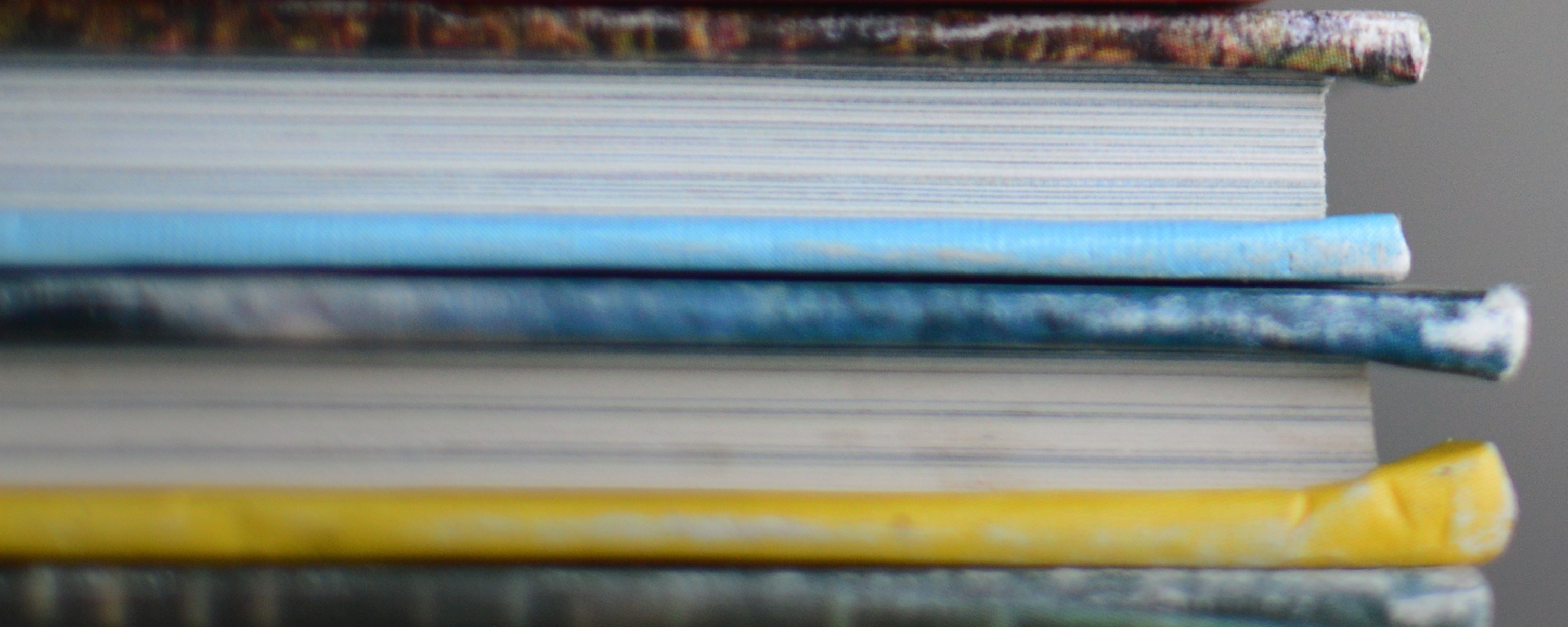What is a secondary source?

The National History Day Contest Rule Book states that "secondary sources are created after and about a historical event." For researchers, secondary sources can provide context for the time period or event under investigation.
Historians read - and write - secondary sources. A book written in 2018 about child labor in 1918 is a secondary source, even though it may include historic photographs. Reading that book as part of your research might help you understand the significance of primary sources.
But remember, the authors of secondary sources might have different opinions or interpretations. Historians use multiple secondary sources to gain a broad understanding of a topic or time period.
Examples of secondary sources include, but are not limited to:
- Documentaries (even when they include historic photographs)
- Textbooks (in print or online)
- Biographies
- Timelines
- Scholarly articles (even when they include information from diaries)
- Websites about a topic (even when it has links to primary sources)
- Encyclopedias, including Wikipedia (when you use it wisely)
- Interviews with scholars
- Books about history
- Museum exhibits (even when they include artifacts)
- Modern maps of historic events
- Podcasts about history
Links to online secondary sources
Books and Articles
- Vermont Department of Libraries: https://libraries.vermont.gov/find_books/articles
- Vermont Online Library: https://vtonlinelib.org/
- Vermont History Journal: https://vermonthistory.org/vermont-history-journal/
Videos
- American Experience: https://www.pbs.org/wgbh/americanexperience/
- Frontline: https://www.pbs.org/wgbh/frontline/
- Ken Burns Unum: https://www.pbs.org/kenburns/unum
- TV programs: https://archive.org/details/tvarchive
- Timeline World History Documentaries: https://www.youtube.com/c/TimelineChannel/about
Podcasts
- A History of the World in 100 Objects: artifacts: https://www.bbc.co.uk/programmes/b00nrtd2/episodes/downloads
- Smithsonian Sidedoor: https://www.si.edu/sidedoor
- BackStory: https://www.backstoryradio.org/episodes
- Stuff You Missed in History Class: https://www.iheart.com/podcast/stuff-you-missed-in-history-cl-21124503/
- Remedial Herstory: https://anchor.fm/remedialherstory
Some sites have both primary and secondary sources
- Google Books: https://books.google.com/
- Internet Archive: https://archive.org/
Learn more about using primary and secondary sources: https://www.thinkport.org/tps/mod1/